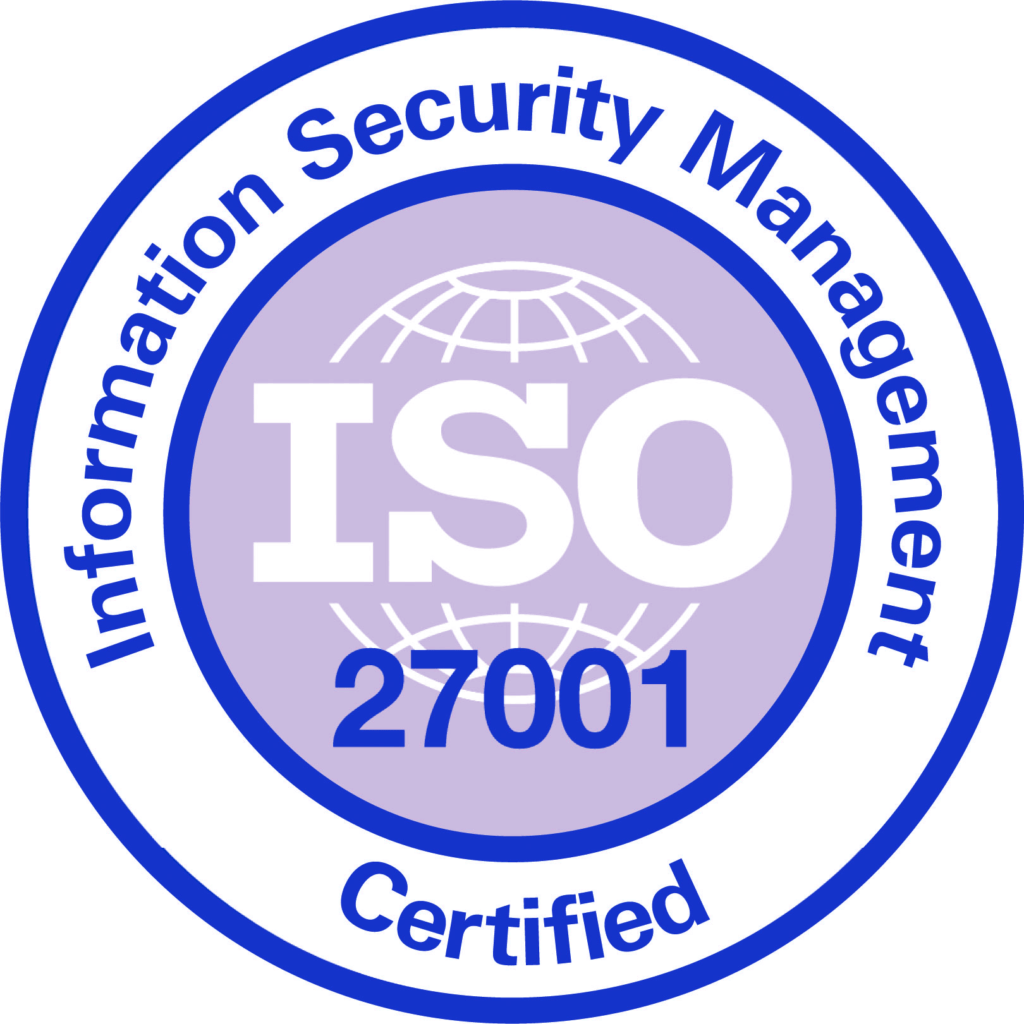Open Space Office: Navigating Collaboration and Privacy
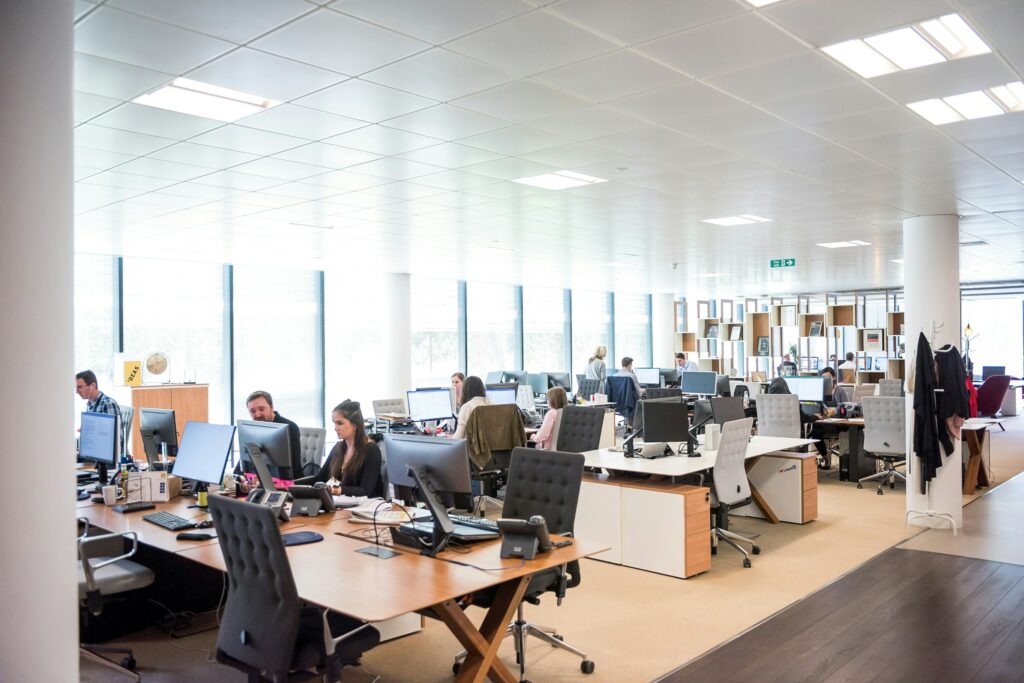
The open space office concept has gained significant popularity in the corporate world in recent years. Championed for its potential to foster collaboration, creativity, and communication among employees, this design trend has reshaped traditional office layouts. However, it’s not without its controversies and challenges. In this article, we’ll delve into the dynamics of open space offices, exploring their benefits, drawbacks, and strategies for optimising productivity and well-being in these environments.
The Evolution of Office Spaces: Embracing Office Pods
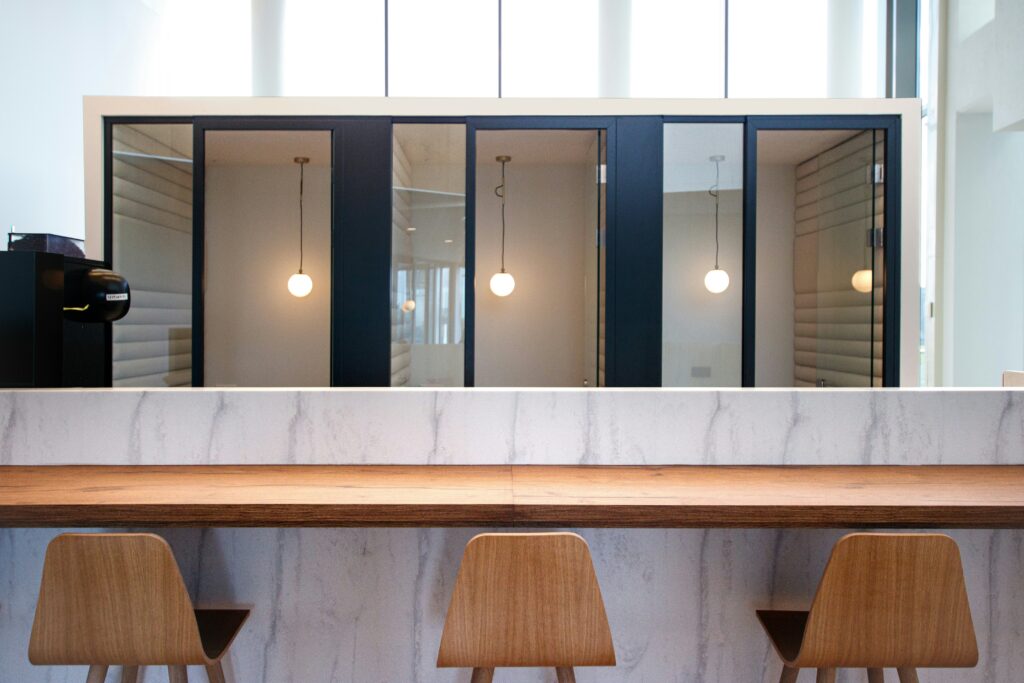
In the ever-evolving landscape of office life, traditional workspace setups give way to innovative solutions prioritising flexibility, collaboration, and productivity. The days of cubicles and closed-door offices are fading as companies embrace open-plan layouts and collaborative areas. However, amidst this trend towards openness, a new phenomenon has emerged: the office pod (sometimes called phone booth, meeting pod, call room, etc.). Office pods have swiftly become a cornerstone of modern office design, offering a secluded yet accessible space within the bustling environment of an open office. But how did these pods become prominent, and why are they valued in today’s workplaces?
Hybrid Work vs Flexible Work Model- What’s the Difference?

If you’ve paid any attention to the world of work over the past few years, you’ve almost certainly heard the terms hybrid work and flexible work thrown around a lot. But what do they actually mean? And more importantly, what’s the difference between them?
Both hybrid and flexible models emerged as popular frameworks for rethinking the future of work. They share some similarities but come with distinct implications for employers and employees. Let’s dig into the key differences between hybrid and flexible work arrangements.
79% of Companies Monitor Office Attendance

In the wake of the COVID-19 pandemic, the landscape of office attendance has undergone significant transformation, prompting companies to reevaluate their policies and practises regarding employees’ physical presence in the workplace. The post-pandemic era has sparked extensive discussions on the optimal balance between remote work and in-office collaboration, leading some companies to mandate a return to the office while others adopt hybrid models with designated office days. Amidst these shifts, a pressing challenge arises the need for accurate and efficient methods of tracking employee attendance. As organisations navigate the complexities of hybrid work arrangements, ensuring visibility into who is in the office and when becomes paramount for fostering productivity, collaboration, and resource optimisation.
Work From Home: Tips for Success

In recent years, the concept of “work from home” has skyrocketed in popularity, especially with the advancement of technology and the global shift towards remote work. The allure of flexible schedules, eliminating commute time, and creating a comfortable workspace has drawn many individuals towards this work-from-home model. However, while it may seem like a dream scenario, mastering the art of working from home requires discipline, organisation, and a strategic approach. So, let’s delve into the intricacies of working from home, exploring its benefits, challenges, and strategies to thrive in this dynamic environment.
5 Strategies to Overcome Resistance to Organisational Change

Organisational change is inevitable, especially in the dynamic landscape of today’s business world. Whether transitioning from remote work back to the office or implementing new software across the organisation, change initiatives often fall under the purview of Human Resources (HR) professionals. However, orchestrating these changes is no easy feat. HR professionals encounter numerous challenges along the way, from resistance to logistical hurdles.
8 Effective Strategies to Maximise Desk Space

In today’s modern workplaces, optimising desk space has become crucial for promoting collaboration, creating a comfortable work environment, and even saving costs. Several practical strategies for desk space utilisation include hot desking, flexible seating arrangements, and collaborative workspaces. By implementing these strategies, organisations can make the most of their office space, enhance employee satisfaction, and foster a culture of innovation.
7 Parking Management Tactics for a Stress-Free Environment
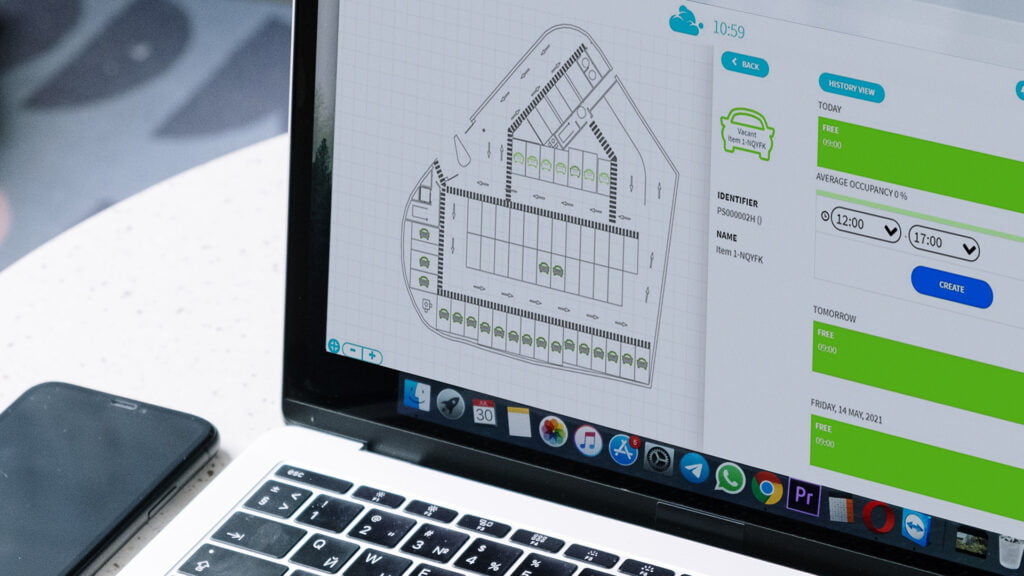
In the hustle and bustle of office life, parking management can often become a source of frustration for employees. Limited spaces, inefficient layouts, and the daily race to secure a spot can impact productivity and morale. However, with thoughtful planning and innovative strategies, office parking spaces can be optimised to create a smoother and more efficient experience for everyone. Explore various parking management tactics for maximising office parking spaces and creating a stress-free parking environment.
Revamping Employee Commutes: Practical Office Parking

In the hustle and bustle of modern office life, one often overlooks the importance of a seemingly mundane aspect – office parking. Yet, this overlooked facet can significantly impact the daily lives of employees and the overall efficiency of an organisation. Office parking goes beyond just providing spaces for cars. It affects how happy employees are and contributes to the overall functioning of the workplace community.
Build a Hybrid Work Schedule That Works for Your Team
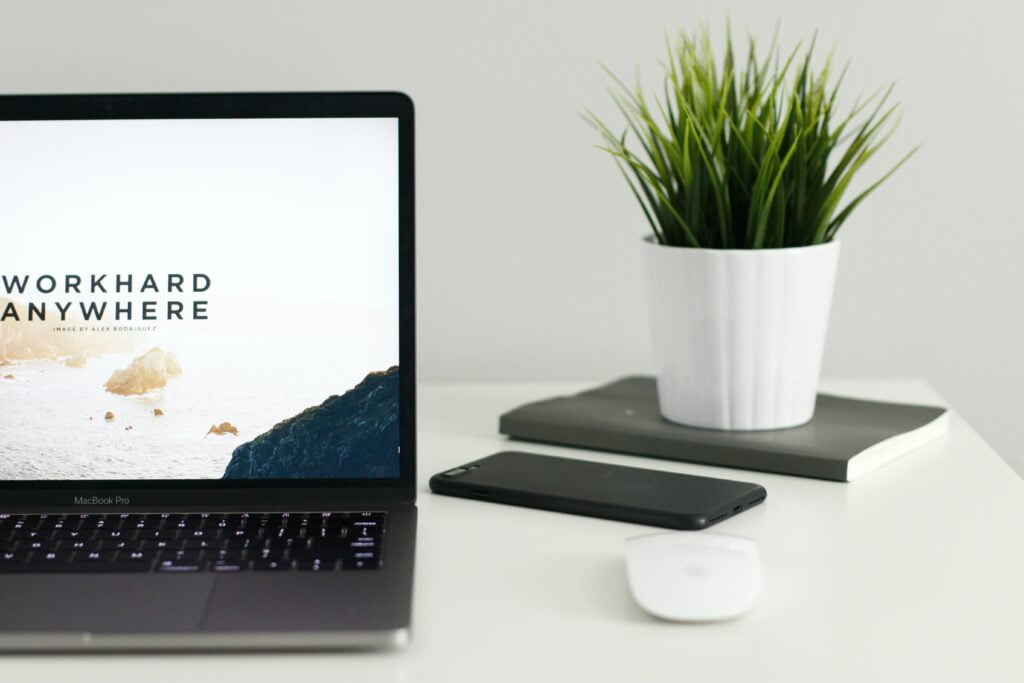
For the last few years, the traditional office work model has given way to a more flexible and adaptive approach—the hybrid work schedule. As organisations grapple with the ongoing shift in work dynamics, the hybrid work schedule has emerged as a viable solution, offering employees the best of both worlds: the convenience of remote work and the collaborative energy of the office.

